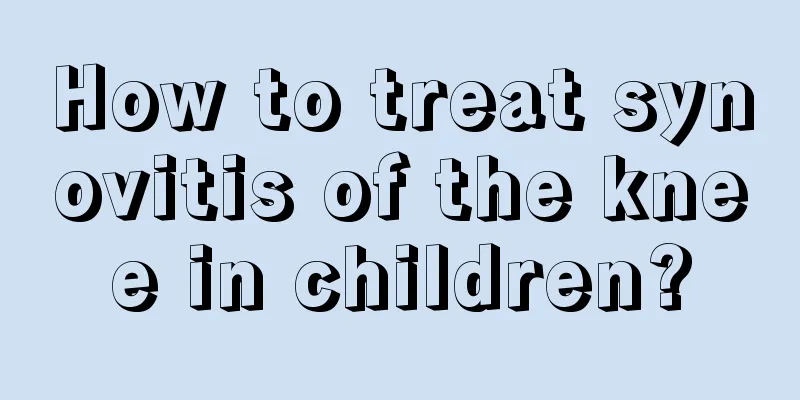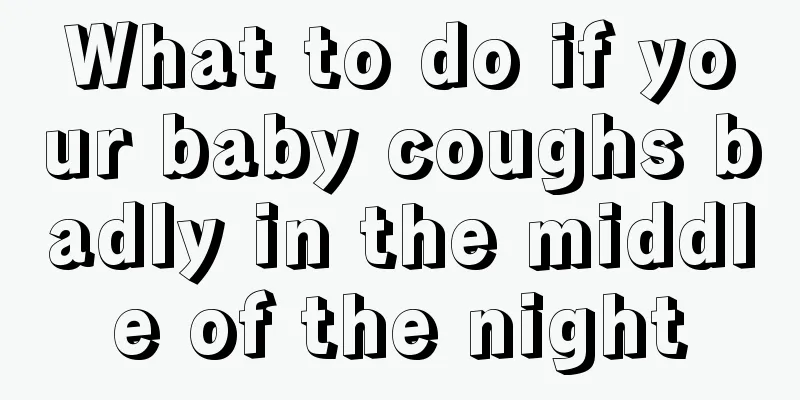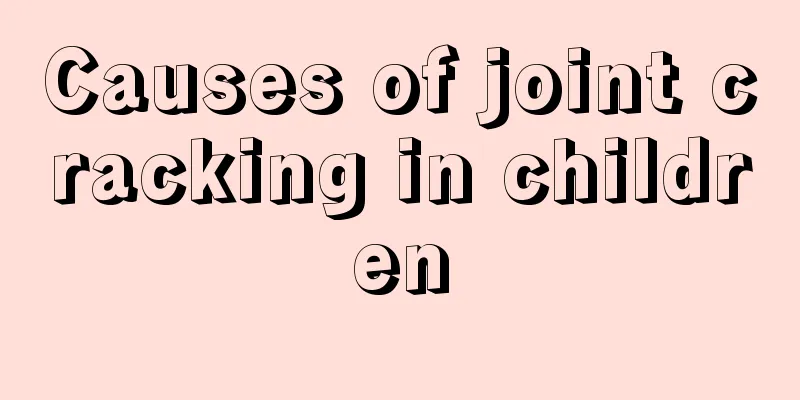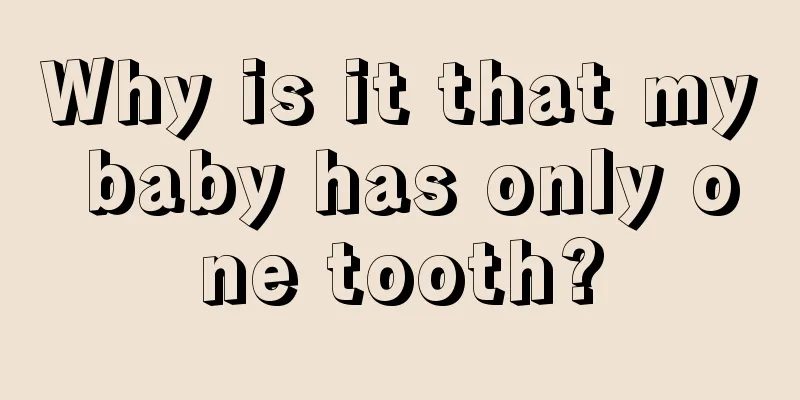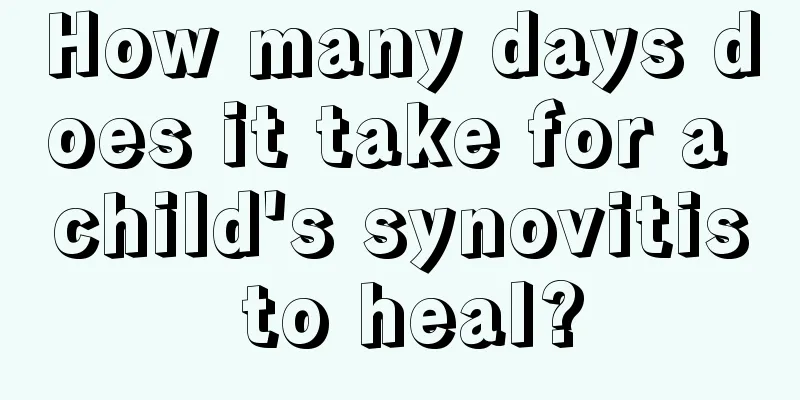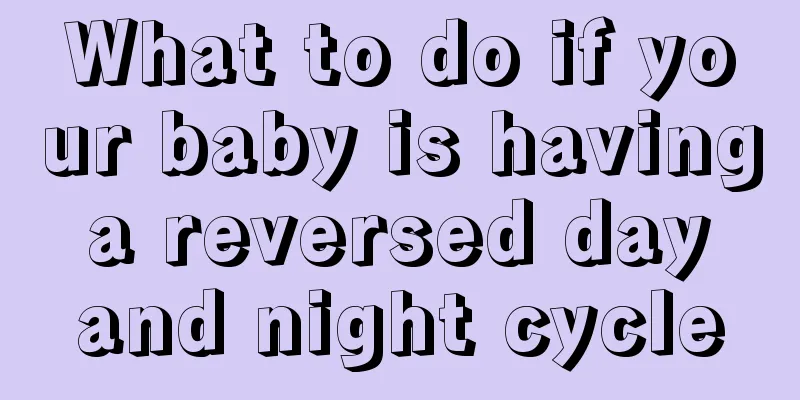What causes cramps in children? These 6 reasons are the most common
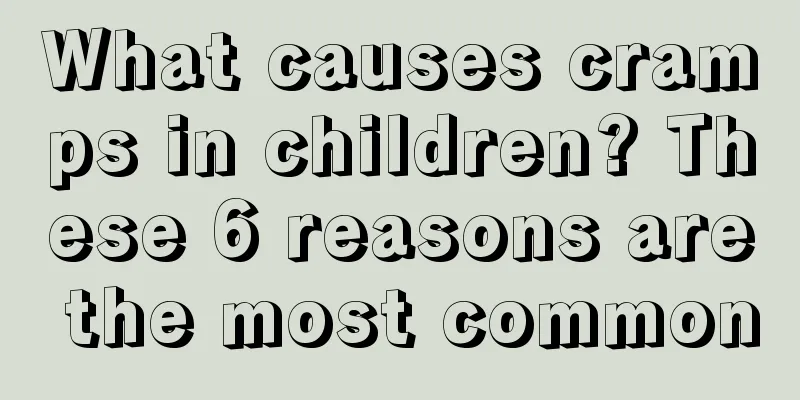
|
When a child has symptoms of convulsions, parents need to observe closely and find the root cause based on the child's actual situation. The underlying reasons may be convulsions caused by high fever, convulsions caused by epilepsy, convulsions caused by tetanus, or lack of nutrients. 1. High fever Febrile convulsions account for the highest proportion. High fever is the most common cause of convulsions in children, no doubt about it. The pathological process of febrile convulsions is as follows: because the brain nerves of infants and young children are prone to uncontrolled "discharge", they are far less stable than the brain nerves of adults. The rapid rise in body temperature causes abnormal discharge of brain cells, resulting in sudden unconsciousness, stiff and twitching limbs, foaming at the mouth, drooping eyeballs, blue lips, etc. Febrile convulsions often occur within 24 hours of fever. Most of them are systemic convulsions with a short duration, usually around 15 minutes. Febrile convulsions are common in children aged six months to five years old. In Taiwan, the incidence rate among children under six years old is 3-4%. About 20-40% of children with febrile convulsions have a family history of febrile convulsions. Children with febrile convulsions usually have good energy after a short sleep after the convulsion, unlike those with meningitis, encephalitis or other problems who suffer from continuous drowsiness. 2. Epilepsy Epilepsy usually presents as recurring seizures with brief disturbances in consciousness and sensation. It is mainly caused by the incomplete development of the child's nervous system, which leads to excessive abnormal discharges of the cerebral cortex due to stimulation. When a child has a convulsion due to epilepsy, most of the children will become unconscious, with their eyes closed or half-open, their eyeballs rolled up, their teeth clenched, the corners of their mouth twitching, their head tilted back, their limbs flexing and extending repeatedly, their lips becoming cyanotic, and their bodies becoming rigid, which may last from a dozen seconds to several minutes. Epilepsy is a disease that runs in families. There are various causes of epilepsy in children and the clinical manifestations vary. First of all, we must find out the cause and determine the diagnosis. By choosing appropriate treatment and taking medication on time and in the prescribed dosage according to the doctor's instructions, the condition of most children can be controlled or cured. 3. Tetanus The cause of tetanus is a specific infection following trauma. Neonatal tetanus is often caused by inadequate disinfection of the umbilical cord. The typical symptoms of tetanus are paroxysmal severe spasms based on tonic muscle contraction (muscle rigidity and stiffness). Usually the first muscle group affected is the chewing muscles, followed by the facial expression muscles, neck, back, abdomen, limb muscles, and finally the diaphragm. The above-mentioned attacks can be triggered by slight stimulation, such as light, sound, touch, drinking water, etc. 4. Rabies The incubation period of rabies is usually within 3-6 months, but there are reports of individual rabies cases with incubation periods as long as 10 years. The length of the incubation period is related to factors such as age (shorter in children), wound location (bites on the head and face occur earlier), wound depth, the number and virulence of invading viruses, etc. Other factors such as incomplete wound expansion, trauma, cold, excessive fatigue, etc. may cause the disease to occur prematurely. Typical rabies symptoms are divided into the invasive phase, the excitement phase and the paralysis phase. During the invasion period, most patients show cold-like symptoms: low fever, loss of appetite, nausea, etc. Subsequently, the patient gradually enters the excitement stage, with prominent manifestations such as fear of water, fear of wind, paroxysmal pharyngeal muscle spasms, difficulty breathing, difficulty urinating and defecating, and excessive sweating and drooling. The spasm stops and the patient gradually becomes quiet, but develops flaccid paralysis, especially limb flaccidity. The eye muscles, facial muscles and chewing muscles may also be affected, resulting in strabismus, eye movement disorders, drooping mandible, inability to close the mouth, lack of facial expression, etc. 5. Calcium deficiency Not only children, but also adults will suffer from convulsions due to calcium deficiency. The convulsions caused by calcium deficiency are mostly local, such as thigh convulsions and foot convulsions. Usually, the symptoms of calcium deficiency convulsions will be relieved after calcium supplementation. Therefore, children need to supplement calcium (eat more calcium-containing foods, take calcium gluconate, calcium tablets, etc. when necessary), and at the same time get more sun exposure, take cod liver oil, etc. 6. Low Magnesium In general, magnesium deficiency in children is as rare as seeing Spiderman on the street. If a child has chronic diarrhea, the already limited amount of magnesium in the body may be excreted through the kidneys. Premature infants and infants who are milk-fed or have long-term diarrhea are relatively more likely to suffer from magnesium deficiency convulsions. |
<<: Traditional Chinese medicine treatment of hydrocele in children
>>: What are the symptoms of hydrocele in children?
Recommend
What should I do if my baby coughs and is a little wheezing? These methods work great!
In daily life, it is very common for babies to co...
What medicine should children take for bronchitis
Young children are young and sometimes have poor ...
What is hydrocephalus in children
Children's physical health is an issue that p...
How to improve the newborn baby's refusal to drink water
Newborns have relatively weak physical constituti...
Why does the child drool all the time?
Children have no sense of independence and often ...
Can children take a bath after vaccination?
Getting preventive shots is very beneficial for c...
What to do if a three-year-old child has a fever and cough
Physical health has always been the most importan...
Will a burn on a one-year-old child leave scars?
Most children are playful and curious about most ...
Newborns stretch frequently
In everyone's impression, all newborn babies ...
Tips for removing phlegm from a four-month-old baby
A newborn baby will lose a lot of protection when...
What causes bedwetting at 15?
Bedwetting is actually a manifestation of a slow ...
Symptoms of urinary tract infection in little boys, parents need to know clearly
Generally speaking, boys are less likely to suffe...
Baby doesn't poop but keeps farting
Parents must be careful about some changes in the...
What are the precautions for infantile rash?
Roseola infantum is a very common disease in infa...
Can milk powder and eggs be eaten together?
Milk powder and eggs are both nutritious foods, v...
